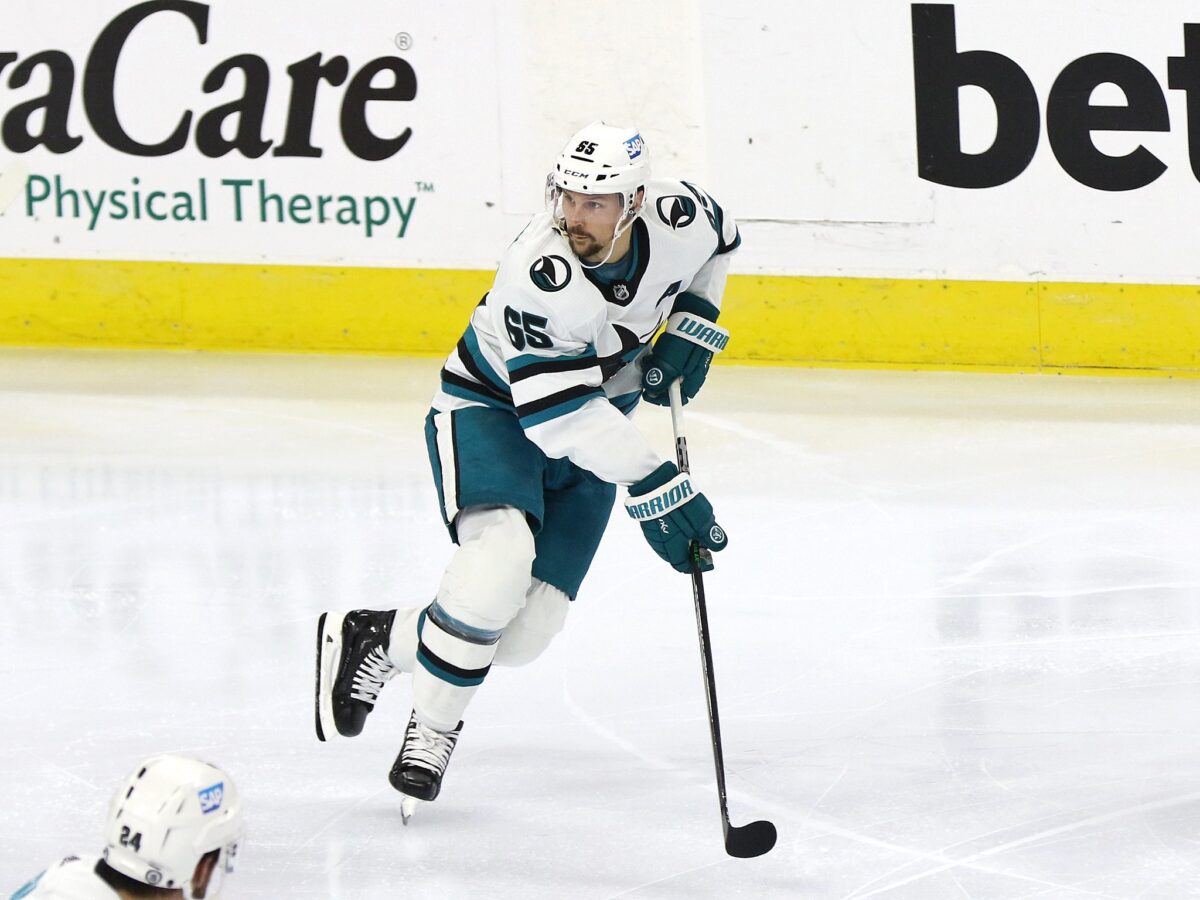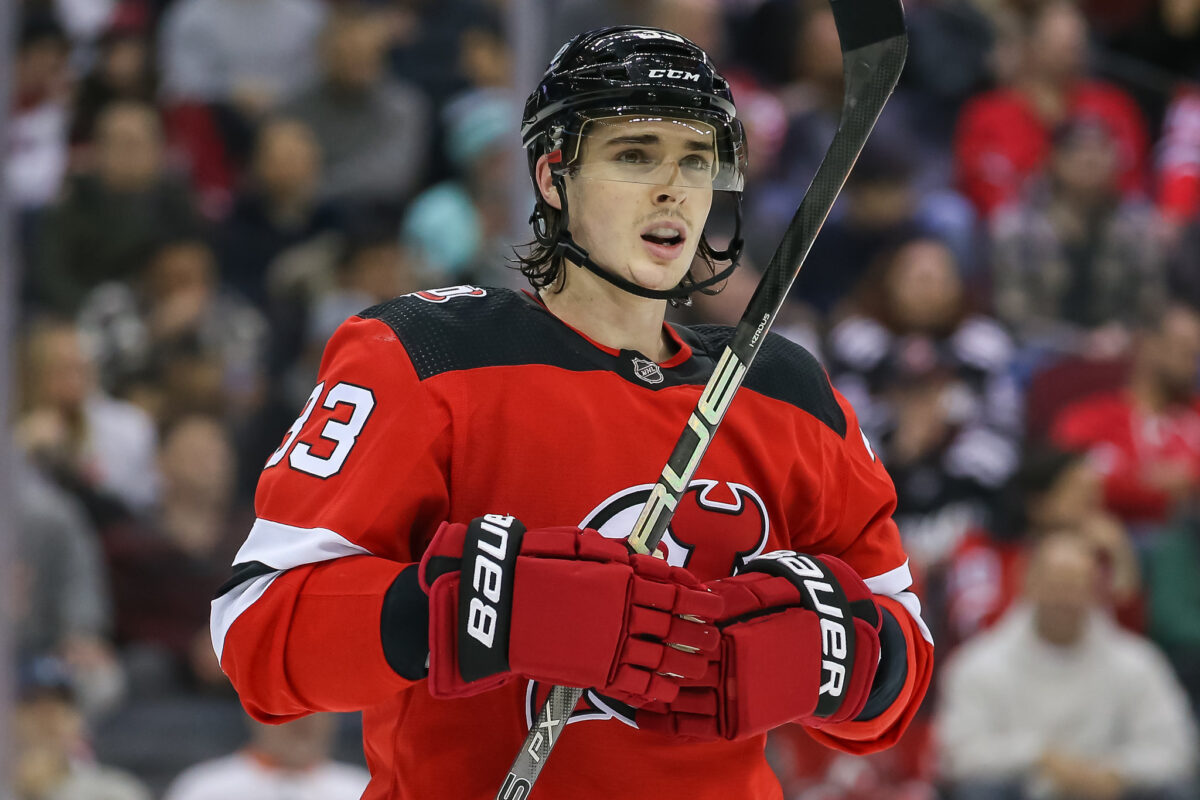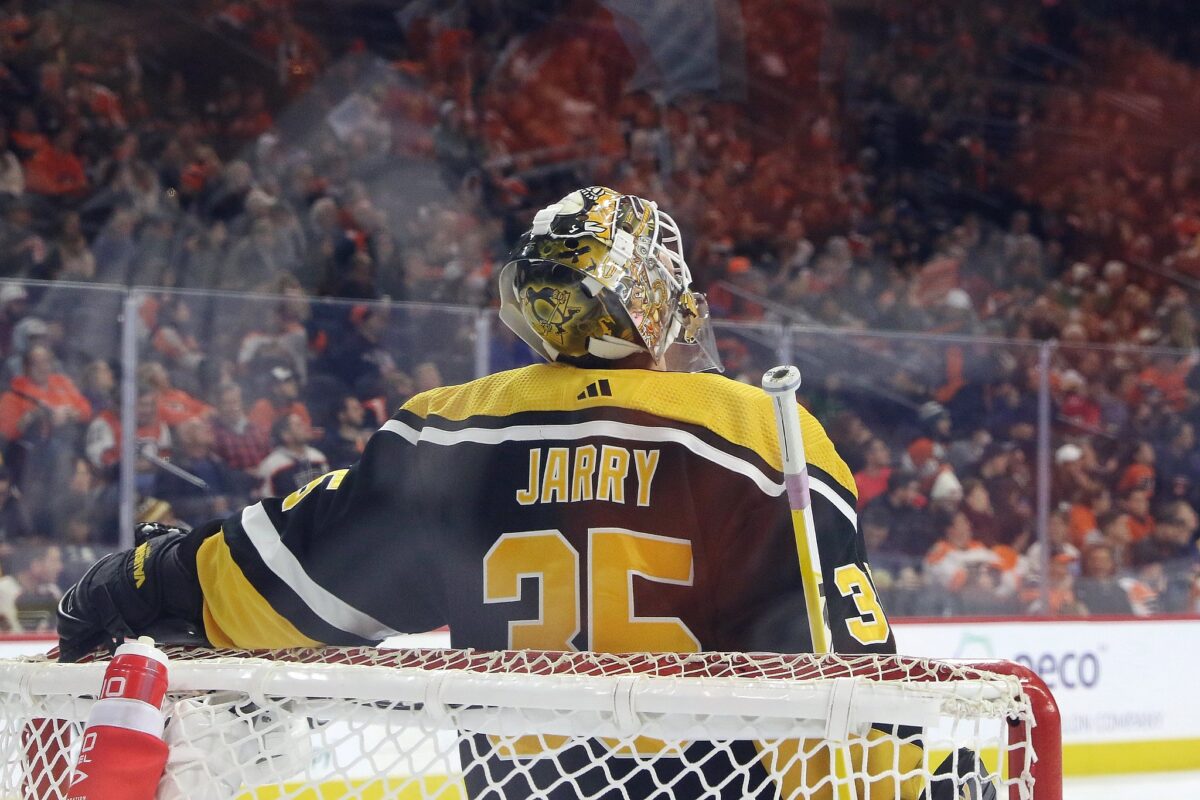NHL training camps opened a week ago, teams are sussing out their rosters and lineups, and preseason games are a go. After the lull of the offseason, it is once again a great time to be a hockey fan. And after this past offseason following a season of discontent for the Pittsburgh Penguins, it is once again a great time for the players and fans of that organization.
With the front office turnover and the additions of new players, the Penguins are, for the most part, re-energized. As with the previous article in this two-part series, when Mike Cranwell walked us through the revamped forward lines, in this installment of the Penguins season preview, we’ll take a look at the defensive corps and the goaltending tandem.
The Penguins’ Defense Has Improved With Key Moves
The obvious place to start on the Penguins’ improved blue line is Erik Karlsson. After a season where he lit up the league and led the San Jose Sharks with 101 points, his speed and puck moving ability are welcome additions to a Penguins defense that appeared slow last season.

One question is whether he can coexist on a team with another right-hand-shooting power play quarterback like Kris Letang. He had his struggles for the first three years of his time as a Shark playing with Brent Burns, but that likely had more to do with his oft-injured ankle than any arrangements with his teammates. Regardless, the coaching staff and Letang seem to have no issue with Karlsson’s addition. If he can stay healthy, he will produce and inject some life into the team’s middling power play.
Related: 6 Best Trades from NHL Teams During 2023 Offseason
Another question is who will play with Karlsson. Though he brings his superb offense to the mix, he will need a steady, defensive-minded partner like Marcus Pettersson. Pettersson may not have the most mass on his large frame, but he is smart and responsible and will be able to cover for the more adventurous Karlsson. In this role, Pettersson becomes just as valuable.
Last season I graded Pettersson’s performance an A- with room to grow. He throws hits and blocks shots, and in the Penguins season preview on YouTube, Cranwell suggested Pettersson could be the elite stopper the Penguins will need.
Next up is a longtime piece of the Penguins’ core, Kris Letang. Last season, of course, was one of a series of trials for Letang, for which he was awarded the King Clancy Trophy. In spite of what he dealt with off the ice, his numbers weren’t bad. With 12 goals, and 41 points in 64 games, including 21 points on the power play, he was still the Penguins’ most productive defenseman.
Sure, his production will likely take a hit this season, especially on the power play. But having Karlsson not only lessens any pressure on Letang, but it also gives the Penguins a nice 1A, 1B option with the man advantage. Again, having two quarterbacks feeding the likes of Evgeni Malkin and Rickard Rakell surely will improve the team’s power play rank, not to mention breathe life into the game of Bryan Rust, who is coming off a down season with only two goals with the man advantage.
Pairing with Letang could very well be Ryan Graves, who arrives at camp after signing as a free agent this summer after two seasons with divisional foes the New Jersey Devils. Graves, like Pettersson, would be a rock-solid, physical defensive defenseman who would provide responsible cover should Letang get caught.

Graves brings an enormous 6-foot-5 frame and a booming shot, even though he isn’t known for the offensive game. But his size and tools command respect, and he posted a solid plus-34 plus/minus rating a year ago and led the NHL with a plus-40 with the Colorado Avalanche in 2019-20.
After those four, the Penguins still have plenty of candidates pushing for jobs. First up is Pierre-Olivier Joseph, who is coming off a solid rookie season. After Joseph are Chad Ruhwedel, Ty Smith, and Mark Friedman competing for the number six spot. The added speed, size, and depth of the Penguins’ defensive corps compared to last season should give fans a sigh of relief, if not excitement. These improvements are also important because of the goaltending situation.
Goaltending Could Give Penguins Headaches
Tristan Jarry has already had a very up-and-down tenure with the Penguins, so it did surprise some when he re-signed with the team this summer. Perhaps getting the long-term reassurance that it is his net to lose will inspire Jarry to bring his A-game, but that remains to be seen.

When he is on, Jarry can be a very good goaltender. We saw it in 2019-20 and in 2021-22, when he posted solid save percentages (SV%) of .921 and .919, respectively. In both those seasons, he earned enough votes to rank seventh in Vezina Trophy voting as the NHL’s best goaltender. So when he’s good, he could be great.
But when he’s bad, or injured – or both – it can spell disaster. Last season made the obvious case. For a stretch after returning from injury, his numbers were 1980s-like, which coincided with the team’s struggles to score and resulted in the consequent playoff absence. It also meant backup Casey DeSmith getting overworked himself, which hampered his performance.
This leads to newly acquired backup Alex Nedeljkovic. During his rookie season in 2020-21 with the Carolina Hurricanes, Nedeljkovic’s numbers were fantastic. He led all NHL goaltenders in both goals-against average (GAA) with a 1.90 and SV% with .932. But he was protected by a stingy system and wasn’t overplayed.
Related: Pittsburgh Penguins’ Alex Nedeljkovic Hounded by One Question
As a member of the Detroit Red Wings in the two seasons following his rookie campaign, his weaknesses were exposed. Playing behind a much more porous defense, his GAA climbed (3.31 and 3.53) while his SV% cratered (.901 and .895). This should be concerning.
However, if the defense in front of Jarry and Nedeljkovic has indeed improved, both goaltenders could be spared from some of the late-season shellackings the team took in 2022-23. And if Jarry can stay healthy enough to play 55 games, lifting some burden from Nedeljkovic, they can strike a balance and find both their games. Again, this remains to be seen.
Still, there is plenty to like here. Once the season begins and players have become acclimated with each other and the system, we will get a better picture. And with a little luck along the way, there’s no reason to believe the center won’t hold.
